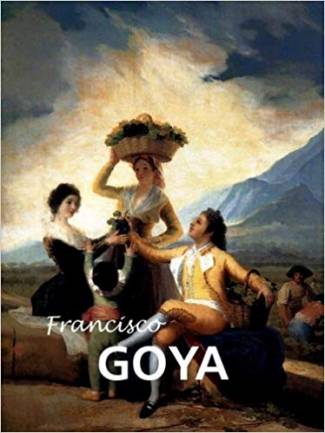ISBN: 9781780422916
Francisco de Goya (1746-1828)
ISBN: 9781780422916
Francisco de Goya (1746-1828)
There are no rules in painting, Goya told the Royal Academy of San Fernando
in Madrid during an address he gave in 1792. He suggested that students
should be allowed to develop their artistic talents freely and find inspiration
from their own choice of masters rather than adhere to the doctrines of the neoclassical
school. Goya himself was known to have claimed that Velázquez, Rembrandt
and Nature were his masters, but his work defies neat categorization and the diversity
of his style is remarkable.
Francisco Goya lived for eighty-two years (1746-1828), during which time he produced an
enormous body of work — about 500 oil paintings and murals, nearly 300 etchings and
lithographs, and several hundred drawings. He was proficient both as a painter and a
graphic artist, and experimented with a variety of techniques; even at the end of his life he
was a pioneer of the new printing method of lithography.
Essentially a figurative painter, Goya treated an enormous variety of subjects. He became
the leading portrait painter in Spain, decorated the churches of Saragossa and Madrid with
altarpieces and murals, and designed tapestries illustrating life in Madrid. Numerous
personal sketch books contain his private observations, recording a glance, a movement or
an attitude that caught his eye.
Two catastrophic events dramatically affected Goya’s life and his vision of the world. The
first came in 1792 when, at the age of forty-six, he was struck by an illness, probably an
infection of the inner ear, which left him totally deaf. As a result, he became increasingly
introspective; it was as if his deafness forced him to retreat into solitude, and to understand
more clearly that every man is alone with himself. The second cataclysmic event was the
Napoleonic invasion of Spain in 1808 which was followed by six years of fighting for
Spanish independence. During the war, hideous atrocities were perpetrated by both sides
and Goya recorded many of them in a series of etchings which are testaments to the cruelty
of mankind. Towards the end of his life, Goya painted a series of murals in his own home
which seems to echo the dark cloud hanging over Europe in the first decades of the
nineteenth century.
© Sirrocco, London, UK (English version)
© Confidential Concepts, worldwide, USA






